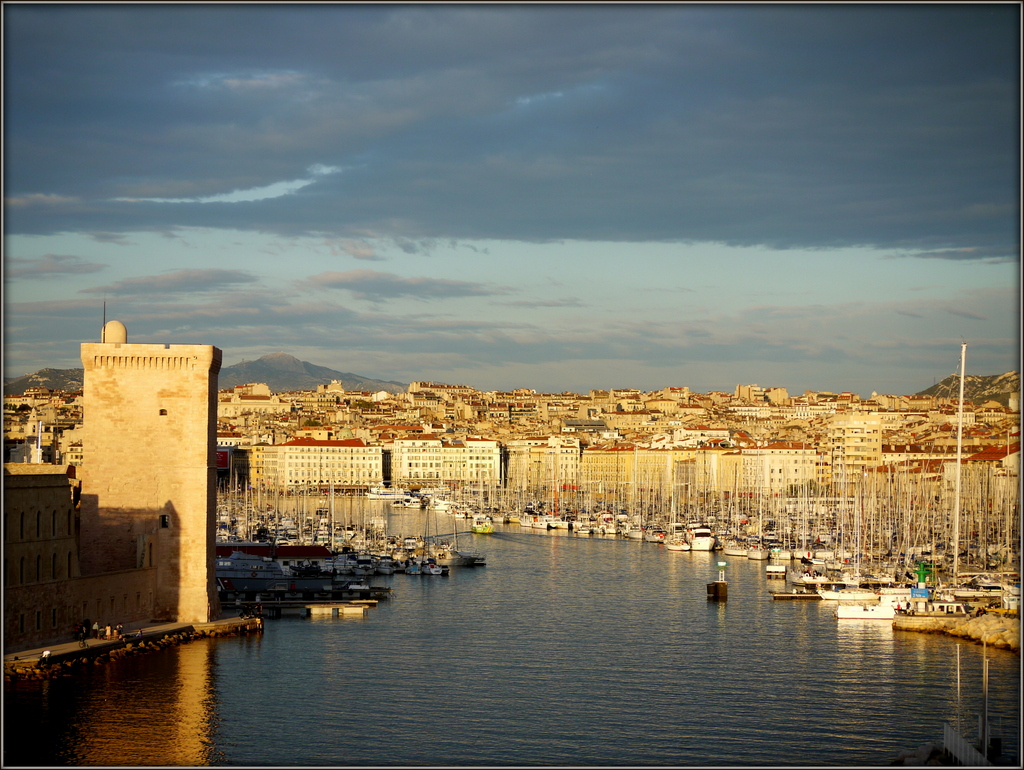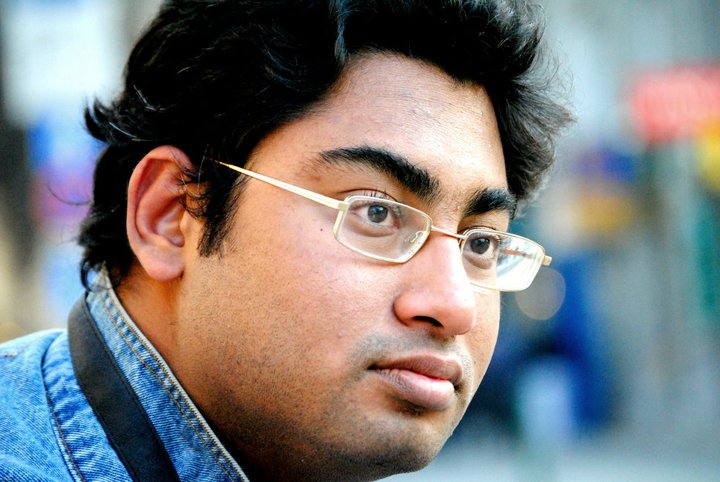Report from DIS 2013
7 May 2013 | By

The series of workshops named "Deep Inelastic Scattering (DIS)" started way back in Durham, UK in 1993. In the last twenty years, particle physics has evolved in many ways, and this years DIS held at Marseille between April 22-26th was a testament to that fact. While it was one of the biggest conference in terms of Standard Model physics talks from ATLAS, it included talks and latest results covering the full ATLAS (and other big LHC experiments) physics program.
However, the big difference from many other conferences was the presence of many colleagues from smaller non-LHC experiments, presenting their exciting results. The program was divided into different, but often closely related working groups, coverings structure functions, small-x phenomenon, electroweak searches, hadronic final states, heavy flavour, spin physics and future DIS experiments. The first day was all overview plenary talks, while the next few days we had all the working group sessions running in parallel. Finally the last day saw a summary from each working group conveners and the conference concluded with a road-map talk by Rolf Heuer, the director general of CERN.
DIS-type results are crucially important from PDF fitting, and the first working group focused mostly on that. It was also interesting to note that LHC-data is already finding its way into the fits. The second working group featured a multitude of interesting soft-QCD and diffractive physics results from different HERA, Tevatron and all 5 LHC experiments including TOTEM. This working group had a strong overlap with the jets working group, where the focus was on QCD measurements from LHC experiments, HERA and B-factories. The electroweak working group covered latest measurements as well as Higgs and beyond the Standard Model searches. The heavy flavour group also had overlap with structure function and jets working groups, and included results from LHC experiments, Tevatron, HERA, BELLE, BABAR and RHIC, as well as many theory talks. The spin physics group featured results from many specialised experiments like Compass, Hermes, JLab, as well as from BABAR, STAR and PHOENIX and many relevant theory talks. The last working group focused mostly on the design and prospects of LHeC, which is a proposed colliding beam facility at CERN, using the LHC setup for lepton-nucleon scattering.
Marseille is a charming port city in the south of France, and generally excellent weather and great food contributed to a productive meeting. However, we did miss not having the local specialty "bouillabaisse" in the otherwise great conference dinner!
Many pictures from the conference can be found here.




